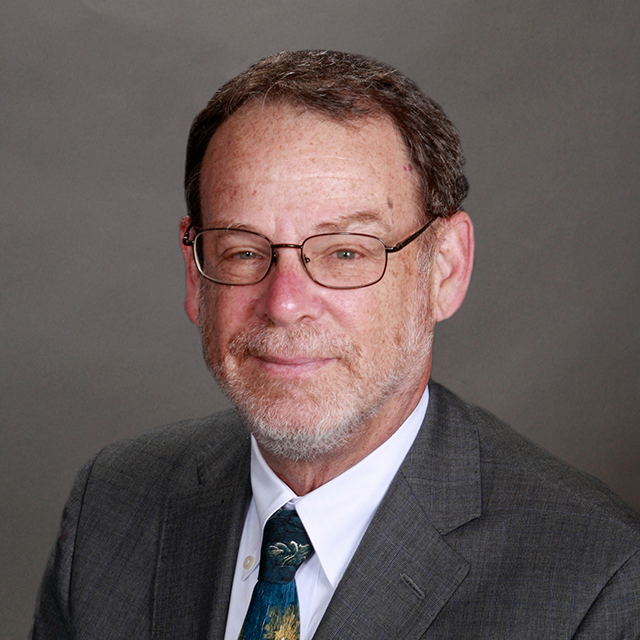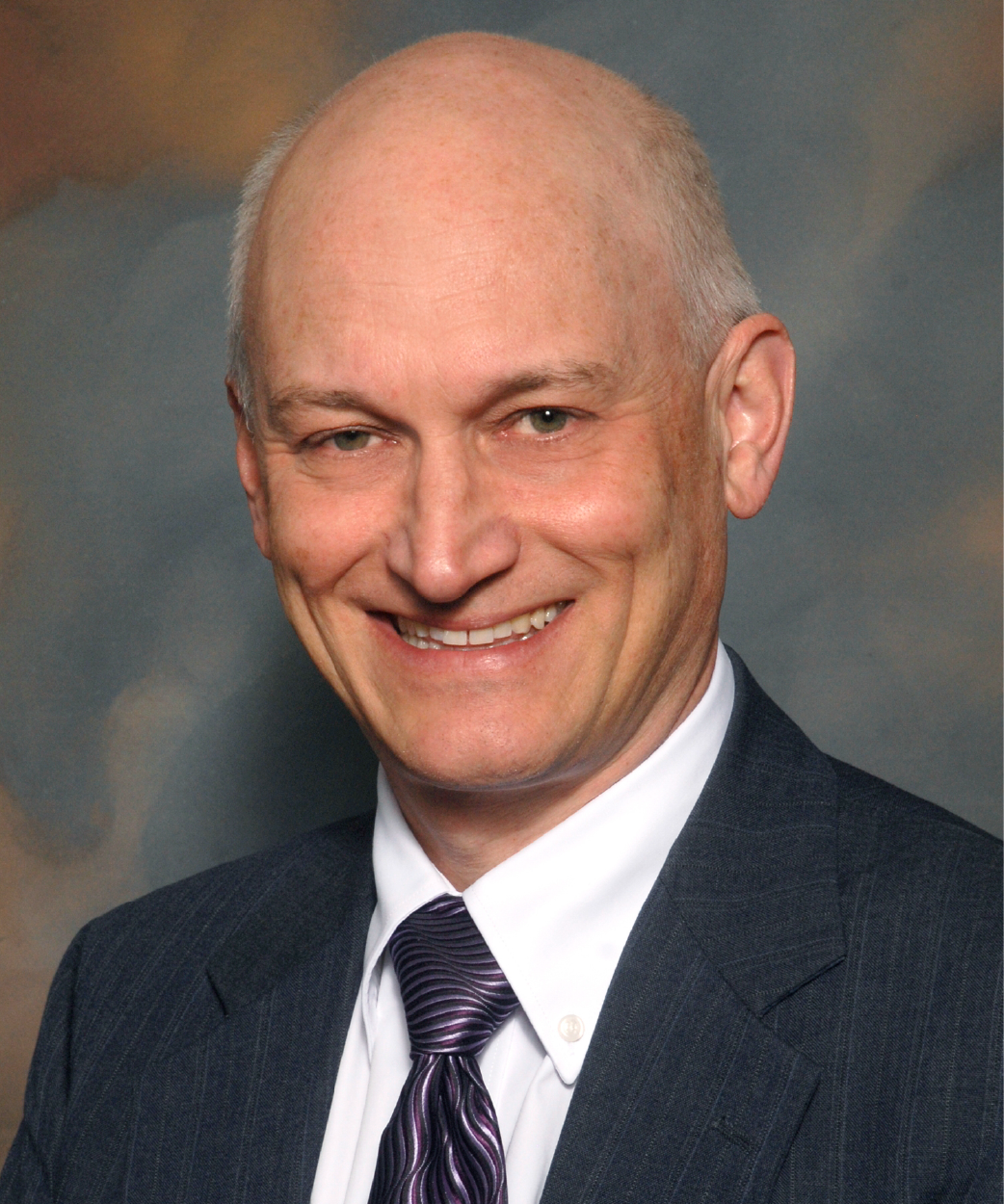
Free seminar
Silica in Countertops:
Solutions for a New Epidemic
- January 9, 1-3 p.m. (Mountain Time)
- Attend virtually (Zoom) or in person (250 E. 200 S., St. 100, Salt Lake City, UT 84111). Virtual attendees will receive the Zoom link the week of the seminar
- Free lunch for in-person attendees
- CEU credits available upon request
- Contact:
This email address is being protected from spambots. You need JavaScript enabled to view it.
Businesses and workers in the countertop fabrication and installation industry are facing a serious and growing threat.
Silica dust from cutting, grinding, and polishing engineered stone is causing silicosis, a potentially fatal problem that is reaching crisis levels as the popularity of quartz and other manufactured surfaces surges.
Our free seminar is geared for businesses and workers in the industry, as well as safety professionals responsible for protecting these workers.
The seminar brings together industry voices, medical experts, researchers, and safety professionals to highlight the problem and promote solutions to ensure the well-being of businesses and their workers.
About the Problem
Danger of Silica
 Workers in many industries are at risk of exposure to respirable silica — miniscule dust particles that become airborne when materials that contain silica are cut, grinded, drilled, or crushed.
Workers in many industries are at risk of exposure to respirable silica — miniscule dust particles that become airborne when materials that contain silica are cut, grinded, drilled, or crushed.
Inhaling too much silica causes a condition called silicosis, among other diseases. Silicosis is an incurable lung disease that reduces quality of life and can be fatal. A worker can develop silicosis by either breathing small amounts of silica over a long period of time or inhaling large amounts over a short time.
Why Engineered Stone is so Dangerous
While silica is a hazard in any industry where airborne dust is produced, the amount of silica in engineered stone makes it a distinct threat. The concentration of silica in engineered stone (>93%) is nearly double that of natural stone such as granite (45-50%).
Scope of the Problem
Only in the last few years have officials begun to hone in on silica exposure from engineered stone in the countertop industry. It is unclear how many fatalities and overall cases of silicosis have occurred nationally. But the problem is significant.
In California, one of the first states to actively track silica exposure from engineered stone, officials have documented more than 430 cases of silicosis (including more than 175 in 2025) and 25 deaths.
And it’s not just older people developing the disease. The median age of diagnosis in California is 46, while the median age of death is 48.
It is reasonable to conclude that the situation is similar across the country.
Impact on Businesses
Beyond the effect on countertop workers who develop silicosis and their families, this issue has also major financial and legal ramifications for businesses in the industry. Businesses that don't take proper steps to protect their workers are risking higher workers compensation costs, lost productivity, and increased operational costs, as well as potential litigation.
About the Seminar
Why Attend
Attendees will learn:
- What silica is and why it is so hazardous to workers
- Why engineered stone is more dangerous than granite and natural stone
- How and why silica becomes airborne
- Practical solutions for businesses and workers in the countertop industry
- Challenges businesses and workers may face, and how to overcome them
- Employers' requirements for prevention and monitoring
- What tools, resources, and educational materials are available, including for Spanish-speaking workers
Agenda
- Silica & Silicosis, 1-1:10 p.m. (MT)
- Q&A, 1:10-1:15 p.m.
- Engineered Stone and Comparisons with Granite and Natural Stone, 1:15-1:35 p.m.
- Q&A, 1:35-1:45 p.m.
- Solutions, 1:45-2:05 p.m.
- Q&A, 2:05-2:15 p.m.
- Challenges with Prevention and Air Monitoring, 2:15-2:25 p.m.
- Q&A, 2:25-2:30 p.m.
- Medical Monitoring Issues, 2:30-2:35 p.m.
- Open Discussion, 2:35-3 p.m.
Expert Speakers

Robert Harrison, MD, MPH
Sr. Physician Diplomate,
University of California San Francisco

Carla Olsen, MD, MPH
Physician,
Intermountain Healthcare

Kurt Hegmann, MD, MPH
Professor and Center Director,
RMCOEH

Kyle Naylor, MSPH, CIH, CSP
Director of Health & Safety Programs,
Coeur Mining, Inc.



 © 2025 Rocky Mountain Center for Occupational and Environmental Health
© 2025 Rocky Mountain Center for Occupational and Environmental Health